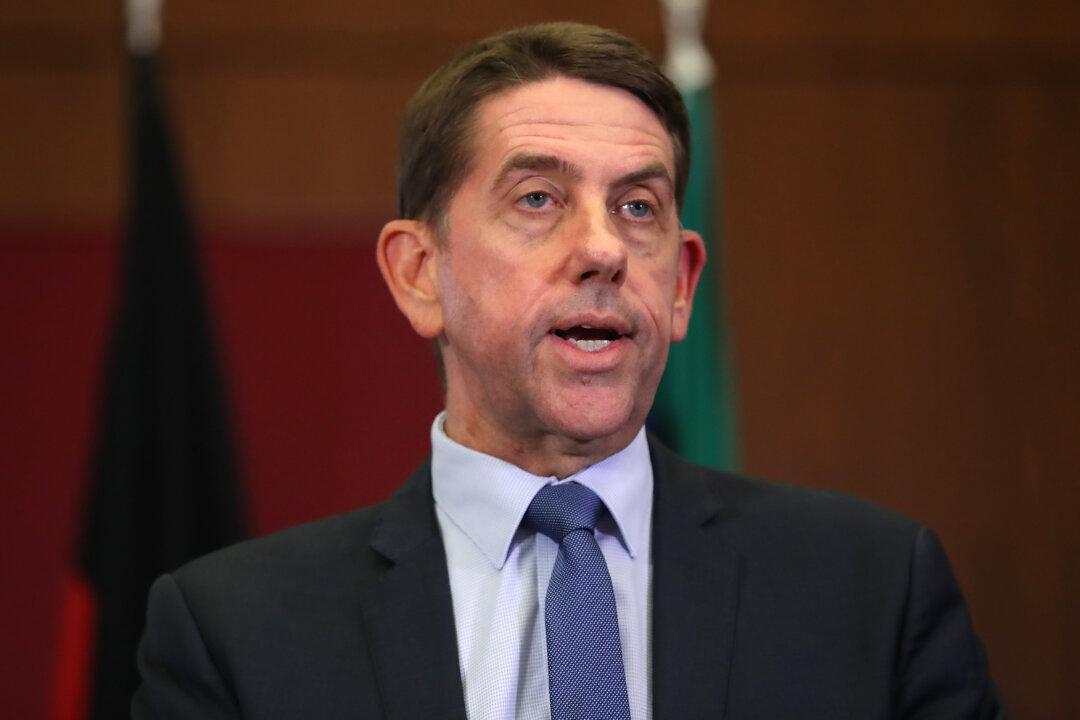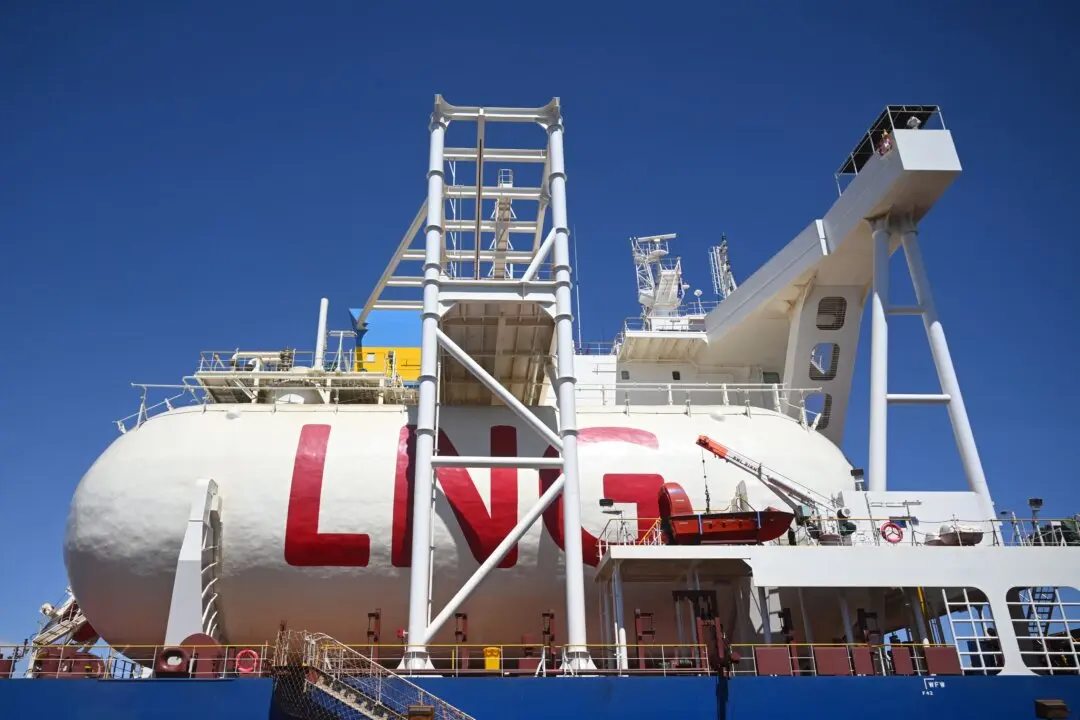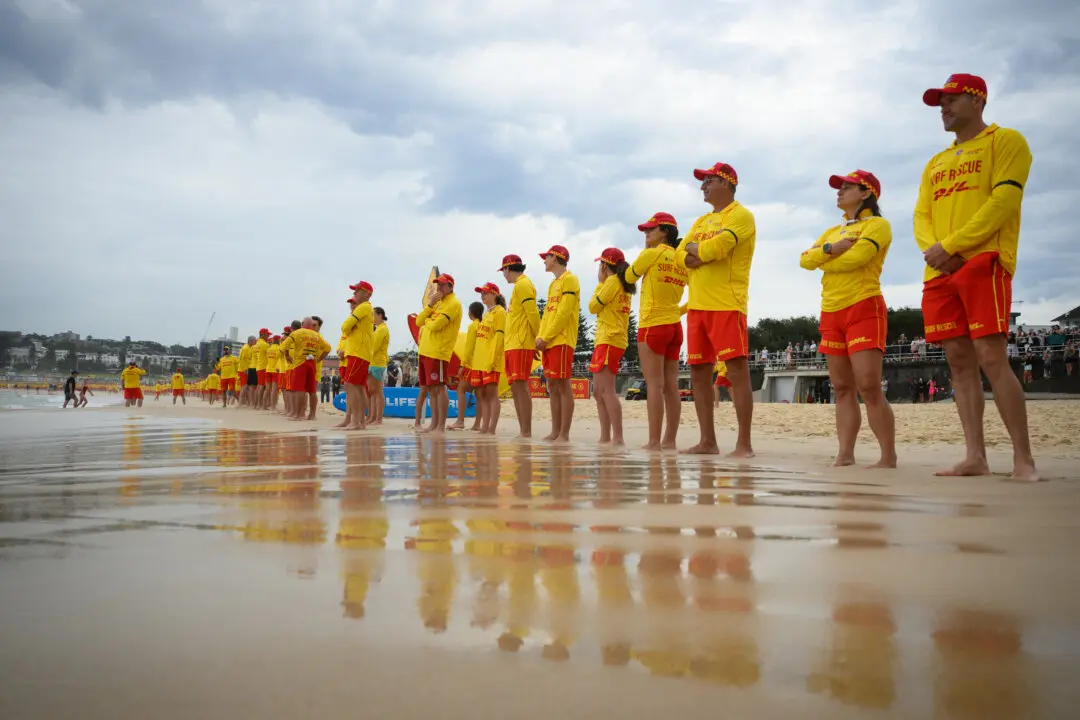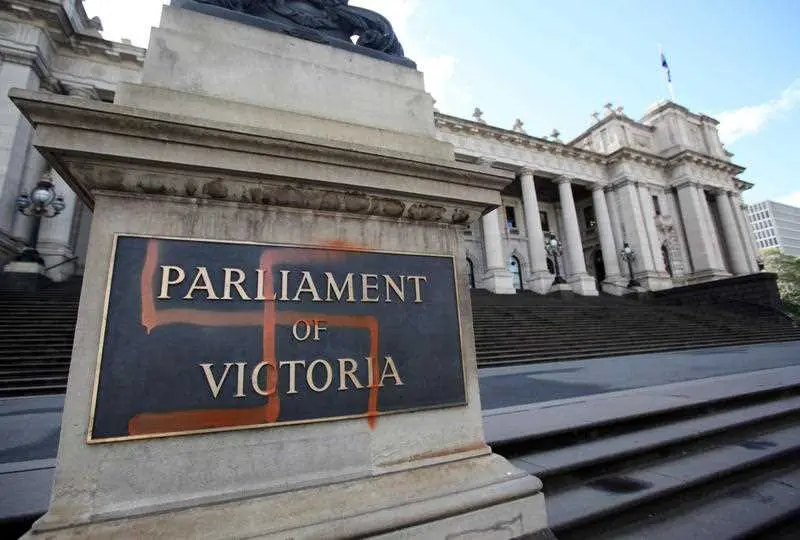Queenslanders are being showered with electricity bill relief, free kindy and a raft of other cost-of-living measures as soaring coal royalties powered the state budget to a historic surplus.
Treasurer Cameron Dick said the $12.3 billion (US$831 million) surplus for 2022/23 was the largest ever for any state or territory while declaring “help is on the way” for people struggling with rising inflation and interest rates.





